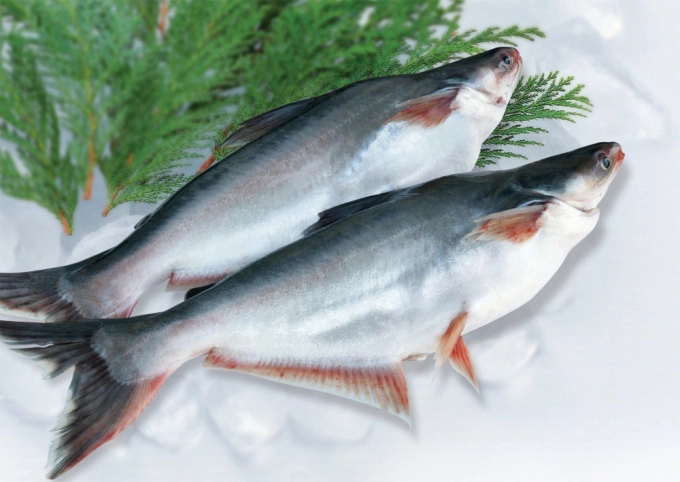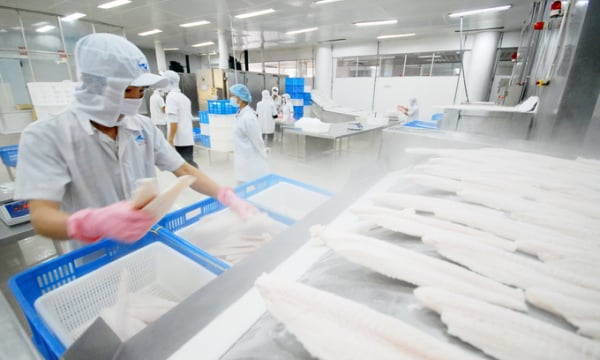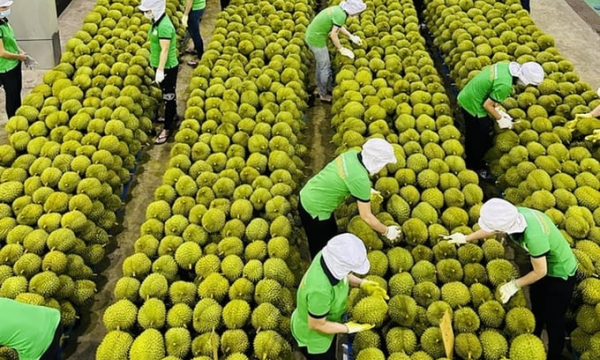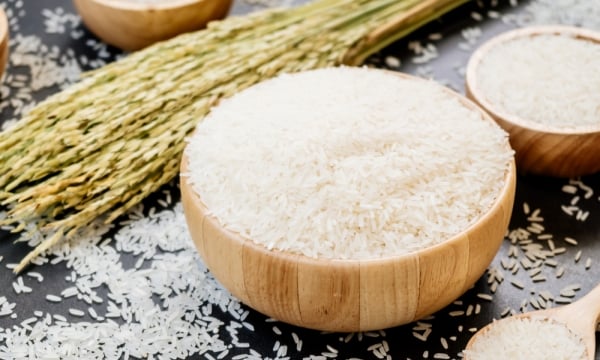May 2, 2024 | 21:53 GMT +7
May 2, 2024 | 21:53 GMT +7
Hotline: 0913.378.918
May 2, 2024 | 21:53 GMT +7
Hotline: 0913.378.918

Pangasius continues to be in the top 10 most consumed seafood in the US. Photo: TL.
According to the Vietnam Association of Seafood Exporters and Producers (VASEP), the report of the National Fisheries Institue of (NFI) recently published shows that the seafood consumption per capita of consumers in this country decreased slightly compared to 2019, from 19.3 pounds per person to 19 pounds per person. This is mainly due to the Covid-19 pandemic.
Although consumption has generally declined, the popularity of certain types of seafood has increased in 2020. With the advantage of flexibility in home cooking and in the food service industry, shrimp both kept a top position and achieved a record consumption of 5 pounds per person (1 pound = 0,45 kg).
Canned tuna consumption has also skyrocketed, with a consumption of 2.6 pounds per person in 2020 in comparison to 2.2 pounds per person in 2019.
Salmon (with an average consumption of 2.83 pounds), tilapia (1.07 pounds), and pollock (0.88 pounds) made it to the top 5 most popular seafood on the NFI 2020 list.
Cod (0.57 pounds), crabs (0.52 pounds), catfish (0.52 pounds), pangasius (0.39 pounds), and scallops (0.22 pounds) are among the top 10 species with the highest per capita consumption in the US in 2020.
In general, the 10 most consumed species in the United States account for 77% (14.6 pounds) of total seafood consumption per capita in 2020. The average consumption of other species accounts for 4.4 pounds.
Translated by Hoang Duy

(VAN) In the first quarter of 2024, Vietnam surpassed Japan, moving from the position of the 6th largest seafood exporting partner to Singapore to the 5th position for the first time.

(VAN) Export turnover is estimated to reach 123.64 billion USD in the first four months of 2024, marking an increase of 15% compared to 2023. Notably, agricultural exports constituted over 13.64 billion USD.

(VAN) Vietnam's vegetable and fruit exports exceeded 1 billion USD for the first time at the start of the year.
/2024/05/01/2555-2-091752_68.jpg)
(VAN) Ecuadorian shrimp imported into China is subject to increased inspection for sulfite residue, creating an opportunity for Vietnamese shrimp to increase exports to this market.
/2024/04/28/2439-1-102023_460.jpg)
(VAN) Digital transformation will help export wood processing businesses reduce costs by 10%, grow by 10–20% in revenue, and increase labor productivity by more than 20%.

(VAN) Nearly 30 countries worldwide have imported substantial volumes of rice from Vietnam, with one country importing over one million tons valued at hundreds of millions of USD.
/2024/04/27/0800-2-090419_758.jpg)
(VAN) The biggest obstacle to developing large timber forests is the worry of forests being destroyed by natural disasters due to the prolonged exploitation cycle. Insured planted forests have created a driving force for development.